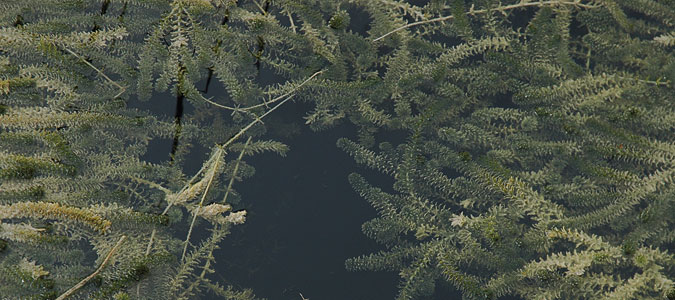Water quality issues fall into three categories:
- Water purity(for human health),
- Recreational water quality(also for human health/enjoyment), and,
- the long-term health of the Water Ecosystem.
The Georgian Bay Association strongly supports monitoring programs for all. Septic systems (septic tanks and leaching beds, leach pits and cesspools), grey water systems and storm water runoff can affect human and ecosystem health.
- We are a key stakeholder in government engagements, including the review of The Great Lakes Protection Act ensuring that the Act is effective in dealing with water quality issues that affect our members
- We are advisors on the Great Lakes Water Quality Agreement
- We network with other landowner organizations and advocate to all levels of government for improved legislation and regulations to protect and improve water quality






